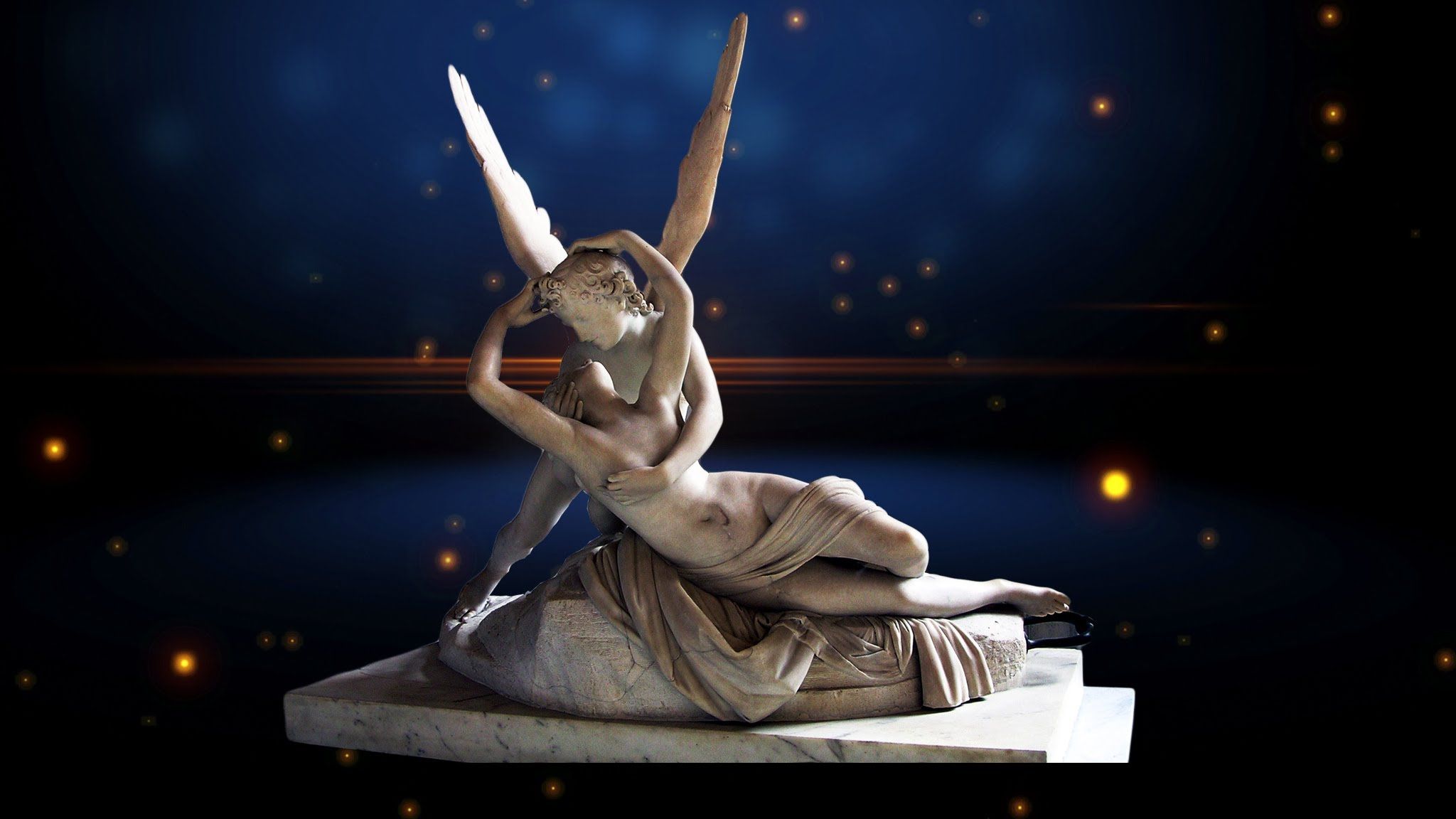When I was young, the picture on our television screen was black-and-white. At the age of nine my whole world, it seemed was lived in shades of monochrome, if memory and old photographs are to be believed. But that was before Lotte Hass . . .
In the popular mythology of documentaries, 1960s London was a Paisley kaleidoscope of fashion, music, and drugs. You couldn’t look down the street without seeing a long-haired pop star and his mini-skirted girlfriend tumbling out of a Rolls Royce in a constellation of flashbulbs. There was no evidence of that in the quiet suburb on the Morden Line where my family lived. Well into that legendary decade, my father and our neighbours wore only suits and ties, with trilby hats upon their heads. As far as I knew, there were only two types of person: children like myself (the girls in dainty dresses), and grown-ups (the women all like my mother or the vicar’s wife, in tweed skirts and sensible shoes).
The compass of my world was small. To the east, the Tube station at the end of the road. To the north, my fifteen minute walk to school past the Common. To the west, a dubious area where I was forbidden to venture. There was a prison there, and a greyhound racing track. And to the south, a long road that led inevitably to Brighton, but only for two weeks every summer. On children’s television, Blue Peter was introduced by a woman dressed like my mother who showed us how to make toy robots out of cardboard toilet-roll tubes. Even on television, everything seemed to take place indoors, in studios mocked up to reflect a stuffy middle class living room.
Diving to Adventure! with Hans and Lotte Hass was different. A marine biologist and pioneer in underwater photography, Hass’ TV series was filmed in technicolor on location in the Mediterranean, the Red Sea, the Pacific. Hans and Lottie had their own yacht, the Xarifa. They sailed where they liked then threw down the anchor. Diving carelessly overboard, they explored coral reefs, shipwrecks, and extraordinary creatures at the bottom of the sea. They were free and I envied that freedom. The underwater scenes were amazing. But most of all, I was captivated by Lotte. With flippers extending her long, strong legs, she moved through the water with the ease of a mermaid, hair flowing behind and seemingly without the need to breathe. I had never seen anything like it. It was not lust. It was not love. It was not aesthetic delight in the human form, for at the age of nine, one does not distinguish between these abstract concepts. It was all of them at once. I was entranced.
The TV series became popular. The couple appeared on magazine covers. My favourite breakfast cereal (Malted Shreddies) had an underwater scene printed on the back of the box; inside the packet were plastic model figures of Hans and Lotte. I respectfully put Hans aside. I then washed the label from a jam jar, put a few pebbles and leaves of grass inside, then filled it with water and allowed Lottie to dive in. There she floated, gently bobbing around the little ocean I had created for her. I put it next to my bed and watched her as I fell asleep. I dreamed of Lotte swimming around my bedroom, exploring my books and toys, disappearing behind the curtains to reappear again with a smile, then curl up on the pillow beside me to rest.
But all things must change. Other heroes drew me on. Dan Dare. Thunderbirds and Lady Penelope. Dr Who. And then I discovered music and became a teenager. Lotte Hass, too, had other plans. She returned to her home, Vienna, and became a mother and a writer. I almost forgot about her for decades, then read by chance she had died a few weeks ago, in 2015. Curious, I looked for old film of her online and found some footage on YouTube. Yes, that was my Lotte . . .





Sweet piece, Paul, and captivating indeed…